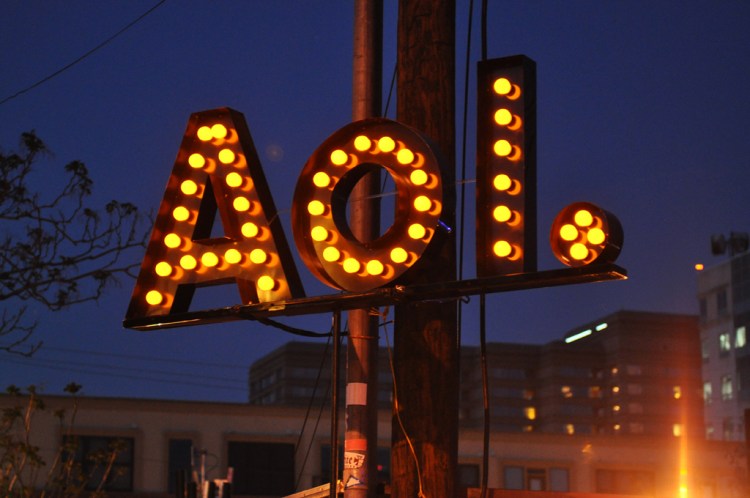Want smarter insights in your inbox? Sign up for our weekly newsletters to get only what matters to enterprise AI, data, and security leaders. Subscribe Now
Consolidation in the digital advertising industry is a hot and controversial topic. In the last couple of years, mergers and acquisitions have been frequent, and the stakes high. In April of this year, Twitter purchased TellApart for over $500 million to help improve online and mobile ads. And just the other day, AOL announced that it will manage ad sales for most of Microsoft’s ad-supported properties.
As reported by the Wall Street Journal, the deal won’t significantly impact advertising market share or the consumer search experience (AOL will account for approximately 3.5 percent of U.S. display advertising revenue in 2015), but for those on the buy side of the publisher-buyer relationship, the deal is good news.
Historically, the nature of consolidation for ad sellers has been to bring more inventory under the control of a single platform. At first, this seems like an anticompetitive move. By controlling more available inventory, AOL could gain more control over pricing. Meaning, the industry could find itself in a “walled garden” scenario where a few major players control most of the inventory, making all of the rules and setting all the prices. That’s the story we hear after each high profile merger, but it’s not necessarily the case.
Inventory consolidation can help tackle some of the digital advertising industry’s most pressing issues – in particular, access and quality assurance. In an ecosystem where buyers compete for the best inventory from thousands of different publishers across thousands of different platforms, ensuring that every buyer has fair access is challenging. Consolidating inventory under a single seller can make meaningful improvements in standardizing access for all interested parties.
Counterintuitive from a traditional business perspective, auction-based sales platforms (that large publishers like AOL rely on) actually incentivize increased buyer access. Why? Because auctions have the potential to drive up the price at which inventory is sold. Putting more inventory under the same standardized sales platform is a positive development for large and small players hoping to compete on an even playing field, while also benefitting the seller.
Creating a fair bidding process isn’t the only benefit that consolidation provides. It’s no secret that the digital advertising industry has a trust problem that (although it’s limited to a small number of players) casts a shadow over the buying process. Fake traffic from bots and issues around viewability are only a few examples of the risks buyers face when dealing with the open market. Buying inventory from many different sources means that buyers have to either independently verify the quality of each source or trust that they’re getting what they’re paying for. While some great regulatory organizations have made progress towards decreasing some of these issues, the industry is still very much dealing with a “Wild West”-type environment where anything goes.
In a largely uncontrolled market, reputable sellers like AOL act as quality assurance. The more inventory available under a trusted brand, the easier it is to buy without fear of quality issues or fraudulent reporting. Large publishers — like AOL — with large and diverse audiences and high-quality inventory that buyers crave will naturally come out on top. As the digital ad ecosystem continues to explode and barriers to entry (such as uncertainties surrounding quality) remain low, large and trusted inventory providers will further the market’s momentum.
Mollie Spilman is Chief Revenue Officer of Criteo.


